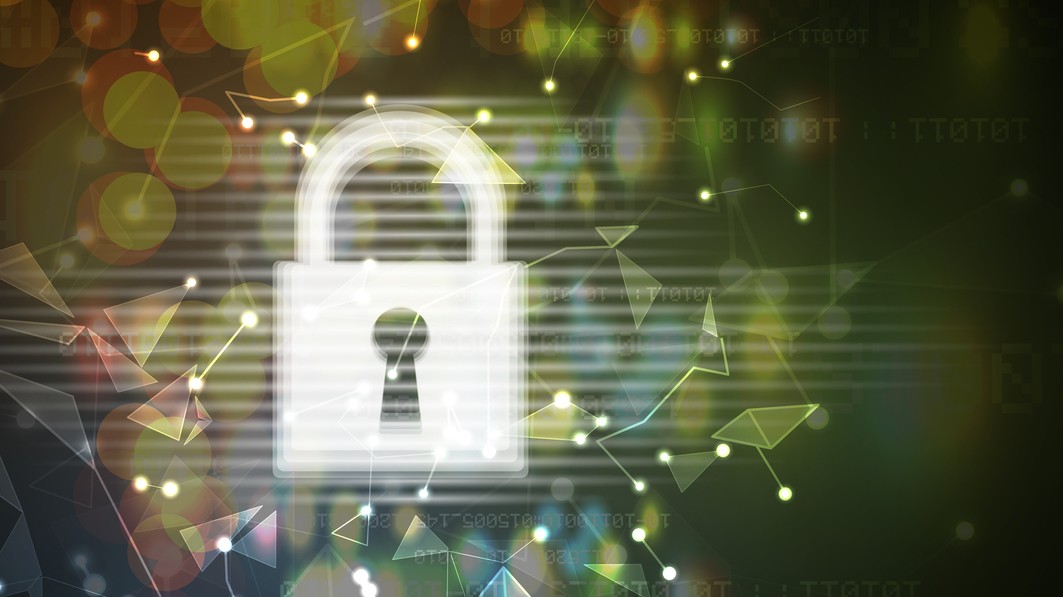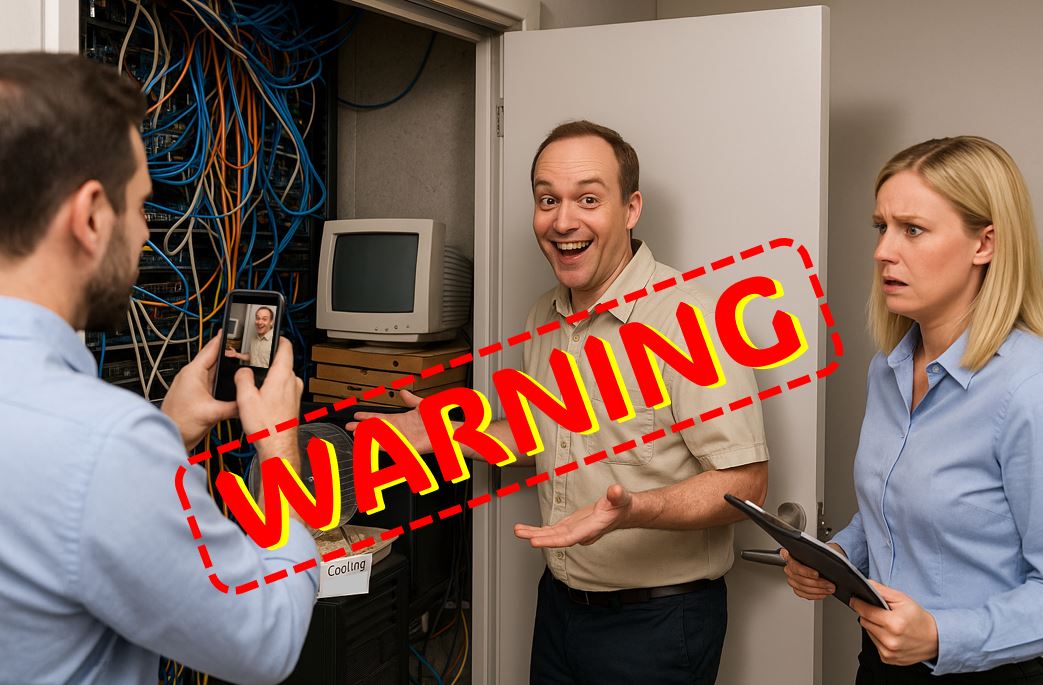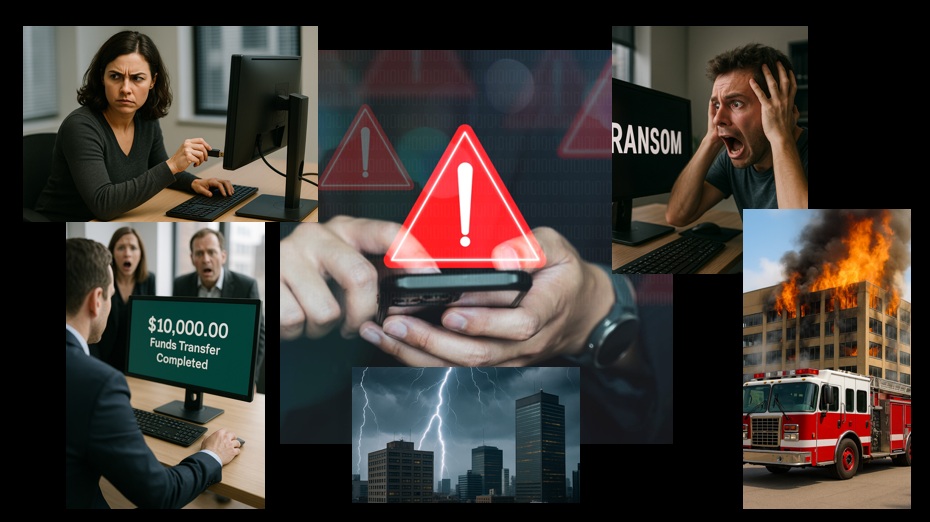In today’s hyperconnected world, staying ahead of cyber threats is no easy task. Every day, hackers use artificial intelligence (AI) and other sophisticated tools to exploit vulnerabilities across sprawling networks, targeting organizations of all sizes. For MSPs tasked with safeguarding their clients’ digital assets, the stakes have never been higher.
A simple “set-and-forget” approach to cybersecurity is no longer viable. Emerging technologies such as quantum computing and the internet of things (IoT) have introduced new attack vectors. So, there’s a big need for a proactive, adaptable, and future-ready security framework. The question isn’t whether your network will face a cyberattack — it’s whether you’re prepared to mitigate it and sustain resilience.
Future-proofing your network security stack means staying ahead of these risks by embracing innovation. “Automation and the ability to rapidly scale resources are crucial,” said Rob Anderson, director of sales engineering for security vendor Barracuda Networks.
What does future-proofing look like? Although there’s no specific formula, MSP can take several steps to stay informed about emerging cyber risks, embrace advanced security solutions, and leverage automation and AI to boost and sustain network resiliency.

Mike Arrowsmith
Evolving Risks Can Threaten Your Network Security
The idea of designing a network to deal with emerging cybersecurity threats isn’t new. However, in the past, the concept hinged on preparing for known threats and making incremental improvements.
Today, with cloud-based software, IoT, and AI, ongoing innovation is vital. “The rapid adoption of AI is proliferating the risk endpoints pose through increasingly complex systems and more attack vectors,” observed Mike Arrowsmith, chief trust officer at endpoint management vendor NinjaOne.
AI has introduced novel ways to attack networks and deceive humans through social engineering and other methods. In addition, emerging technologies such as quantum computing pose potential threats. These include the ability to break RSA encryption and introduce new attack methods. ESG reported that 77% of organizations have experienced some type of cyberattack due to an unknown, unmanaged, or poorly managed endpoint.
The takeaway? “Visibility is a critical concern,” Anderson said. He believes that a 24/7 security operations center (SOC) will soon become essential for businesses of all sizes.
Arrowsmith agreed: “It’s important for MSPs to help their customers safeguard their endpoints.”
Protection Pays
The fundamental problem is complexity. “MSPs are dealing with a sprawling ecosystem of interconnected devices, with most employees using four or more endpoint devices per day,” Arrowsmith said. “Coupled with the ongoing tech talent shortage, MSPs are tasked with managing as many devices and endpoints as possible with limited staff to respond to increasing market demands.”

Jeff Chang
Building a strong security posture takes time. A few tweaks and changes won’t future-proof a network, Anderson said. “MSPs need to start by identifying the most critical assets in their organization and their risk levels, prioritize their protection, and then expand outward across the organization.”
A good starting point is to review settings and configurations across the network, advised Jeff Chang, president of cybersecurity MSP Chicago Microsystems. Next, it’s important to look for ways to plug in automation — including using AI to understand data from logs, alerts, and various file structures. “These technologies allow your skilled workers to focus their mental energies on more complex matters,” Chang noted. “They highlight actionable risks.”
Flexibility and scalability also reign supreme. Chang suggested replacing a buy-and-hold approach to technology investments with a lease-and-refresh strategy. “There is a reason large companies lease equipment. It gives you a better chance of swapping to newer and more secure technology whenever it comes along,” he explained. This includes AI-based threat detection and security information and event management (SIEM).

Rob Anderson
It’s also critical to train people from technical groups to sales teams on how to use new technologies. According to Barracuda, 85% of the U.S. MSPs surveyed said they needed to significantly improve their ability to keep up with security trends and capabilities. Plus, 87% said they would welcome greater support from vendors.
Finding the Common Denominator in Cybersecurity
Ultimately, it’s crucial to remember that no two businesses are the same, Anderson said. The common denominator is a need for a layered defense model and a focus on Zero Trust. It’s also crucial to pay attention to seemingly mundane tasks, like patching policies and backup strategies, Arrowsmith advised.
Clearly, the right combination of strategy and technology can shield against cyber risks. It’s a great way to position MSPs as trusted security leaders.
As Anderson concluded, “New and emerging technologies will play a critical role in helping MSPs future-proof their own and their customers’ security by enabling adaptive, intelligent defenses against evolving threats.”
Take the first step toward future-proofing your network by auditing your security stack today. This way, you’re on your way to building a resilient security posture for tomorrow’s threats.
Featured image: iStock














